4 Secrets to Staying Warm this Winter
Derrek Sigler 12.12.17
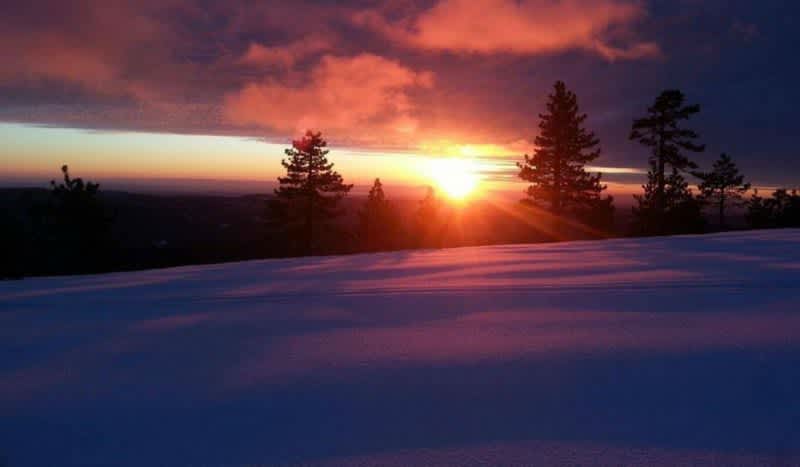
Each person has a different threshold for temperature tolerance when it comes to the cold. For example, not long ago, I was at an event in the mountains with a mix of attendees from across the country. Some of the folks were from more southern regions, while a few of us were from northern states. Because I’m from Michigan and fall into the hearty northerners group, when temperatures dipped to the freezing mark, I was ready.
Staying warm while doing outdoor activities during winter is all about being prepared for what you’re doing, and what may occur. Here are my four simple steps to staying warm in the great outdoors, regardless of a chilly forecast.
1. Dress in Layers
Remember how your mom used to tell you to layer up before going outside to play in the cold? Guess what, she was right. Kind of stings a little to admit it, but dressing in layers is the best way to keep the core body temperature up. (Click here to see the infographic: “Winning the Cold War: Expert Tips on Layering.)

Start out with a good wicking base layer (above). You want something that will pull moisture away from your skin, because sweat is designed to cool you off. Having sweat trapped close to your skin will start the cooling process fast. If it’s really cold, I’ll go with a thin base layer for wicking, then a thicker, thermal base layer (below) for warmth. Tech tip: Thermal base layers featuring Polartec Thermal Pro fabric don’t bunch like some other layers, and have the highest warmth-to-weight ratio of any Polartec fabric.
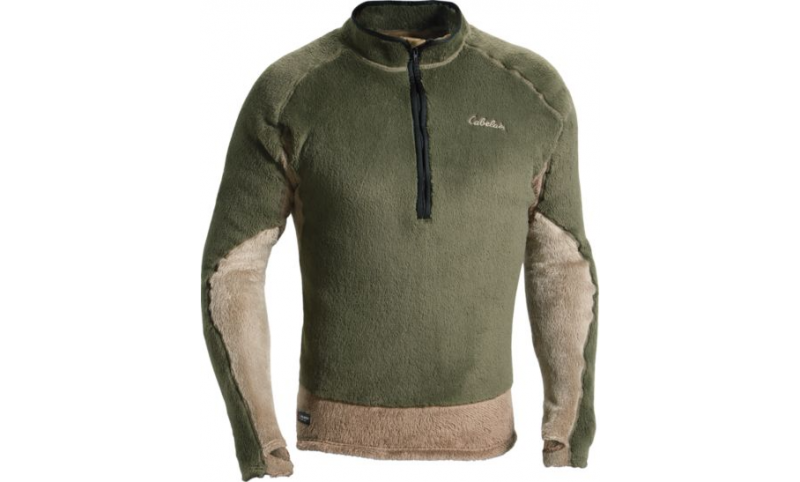
After the base layers, I add middle layers. If it is quite cold, I add a vest, like a fleece vest or a down-filled vest (below). A vest works well for me because it helps trap in heat to my core while letting me still have full mobility in my arms. Tech tip: Cabela’s 4MOST DOWN uses nature’s best insulation — premium goose down — to keep you warm. Chosen for its natural high loft, 4MOST DOWN’s tiny air spaces retain body heat, and limit penetration from cold air.

My outer layers depend on the temperature. I admit, I really like 4-in-1 parkas (below) because I can dial in the amount of coat I need. The important thing to remember is to have the outer-most layer be windproof and waterproof.

The same goes for your legs. A good set of bibs will keep your legs from getting cold. If you’re active, make sure your leg-wear isn’t too bulky, as this will add additional stress to your leg muscles and wear you out quicker. Tech tip: Cabela’s 4MOST DRY-PLUS is a 100-percent waterproof technology using a durable lamination that locks out rain and snow, but still allows air circulation.
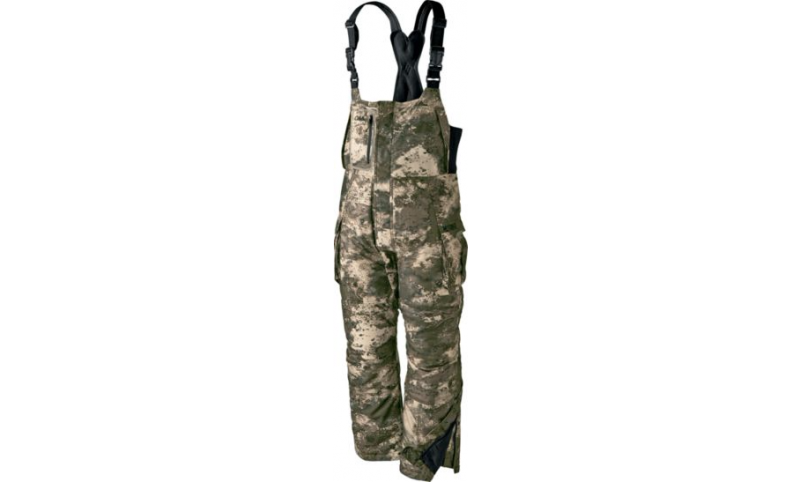
2. Choose the Correct Socks and Boots
You might think I’m going to recommend the heaviest socks you can get. It really depends on what you’re doing. If you’re sitting, like when ice fishing, then yes, get heavy wool socks. If you’re walking around, then no, don’t wear the heaviest socks you can find. Get something like a mid-weight that will add some warmth, but keep your feet dry and comfortable. Never wear cotton because it won’t keep you warm after it becomes sweaty or wet. That’s the beauty of wool; it keeps its insulation qualities even when damp.

When it comes to footwear, if you’re active, then support beats out insulation. If your feet are sliding around and not fully supported, you’re going to suffer from exhaustion. Good fitting boots with support will help keep you going and staying warm and comfortable. If you’re stationary, that’s when you want the heavier boots. If you’re sitting in a deer stand all day, that’s the perfect place for some sturdy pac boots (below). Remember to keep some air in your boots, too. Don’t cram in your heavy socks to the point you can’t wiggle your toes. It’ll make you cold. Trust me, air is good. Tech tip: The fiber constructions of 3M Thinsulate Insulation are up to 10X smaller than the fibers of other synthetic insulations, which means it’s more effective at trapping insulating air. Thinsulate Ultra is designed specifically for footwear.
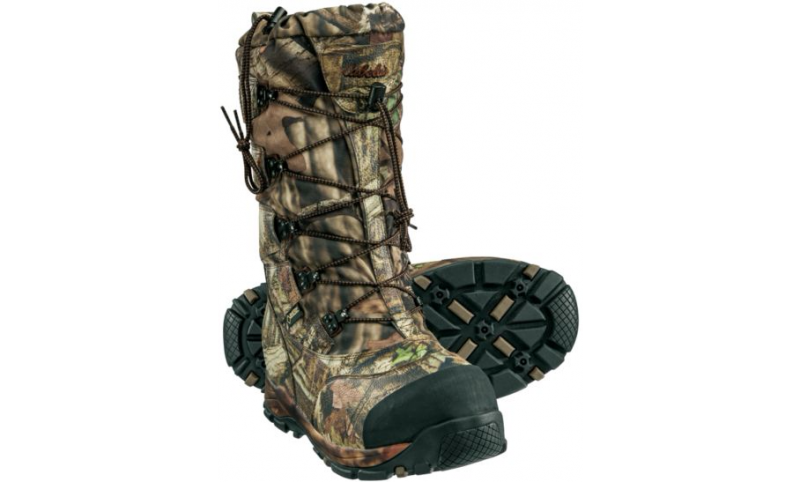
3. Don’t Forget Your Head and Hands
I’ll lump these two problem areas together because this is where we lose most of our body heat when we’re outside in the wintertime. Your head has a lot of blood flowing through it and thus, a lot of heat gets lost through your scalp. The problem is, you also sweat a lot if you’re exerting yourself much. If you’re wearing a fleece or knit hat — or other close-fitting hats — have a spare along for those times when you stop.
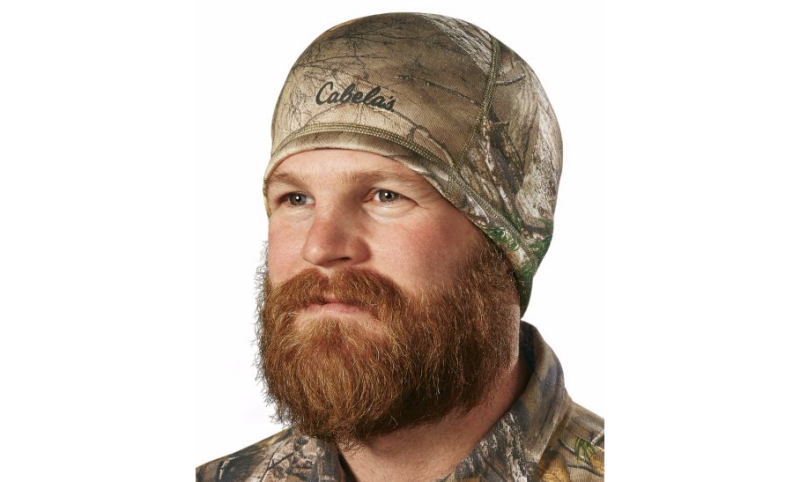
Remember what I said about moisture and cold: If you’re wearing a thick hat, just remember to take it off now and then to let your head breathe while hiking.

Gloves are the same way. I often like to wear thinner gloves while I’m walking around, then switch to a thicker pair when I stop and sit. The most important thing with gloves is to keep your hands dry. Wet gloves that aren’t waterproof equal cold fingers and a quick path to frostbite. Tech tip: It’s tough to beat gloves featuring both GORE-TEX and PrimaLoft. GORE-TEX is 100 percent waterproof but the membrane still breathes. PrimaLoft Insulation, which was originally developed for the U.S. Army as a water-resistant alternative to down, is recognized as the world’s best synthetic insulation.
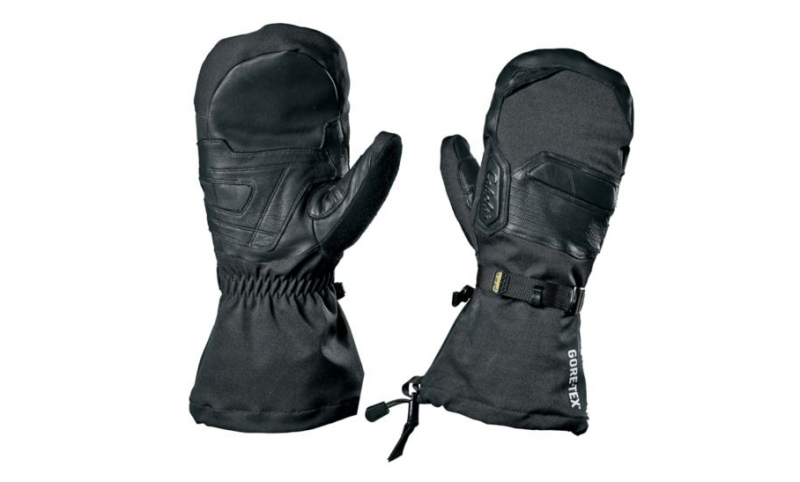
4. Pack Some Heat
We’ve all seen and probably used those disposable heat packs. They work great. Keep in mind that you must have air getting to them for them to work, as they create heat from a controlled rust reaction. It’s best to start them and let them go for a while before you put them in your gloves, hat, boots, etc. Good places for them are on the backs of your hands, on the back of your neck, on your lower back and by your toes.

Zippo makes a cool reusable fueled warmer. These have been around for years and work extremely well. Toss one in a pocket or muff for toasty fingers.
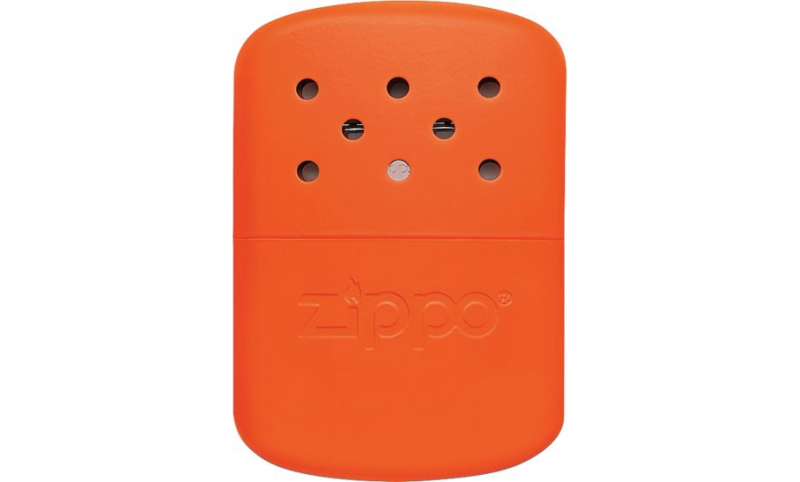
There are also some sweet new rechargeable electric warmers (below) that do the same basic thing.
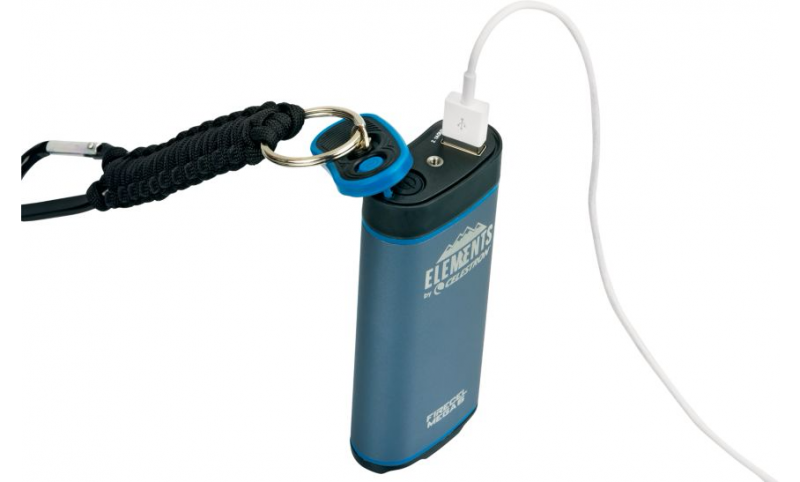
The most important thing to do when staying warm in the great outdoors come wintertime is keep your head about you. If you start feeling cold, do something about it. Frostbite doesn’t feel cold, or even painful — it feels numb. In other words, if you stop feeling cold, it’s a bad thing. Start a fire if you can, or go back to the truck and run the heater.
Just because the temperature has fallen, doesn’t mean you can’t enjoy the outdoors anymore. There’s so much to do during the winter, so gear up and go enjoy it.

This article was produced in cooperation with Cabela’s.

